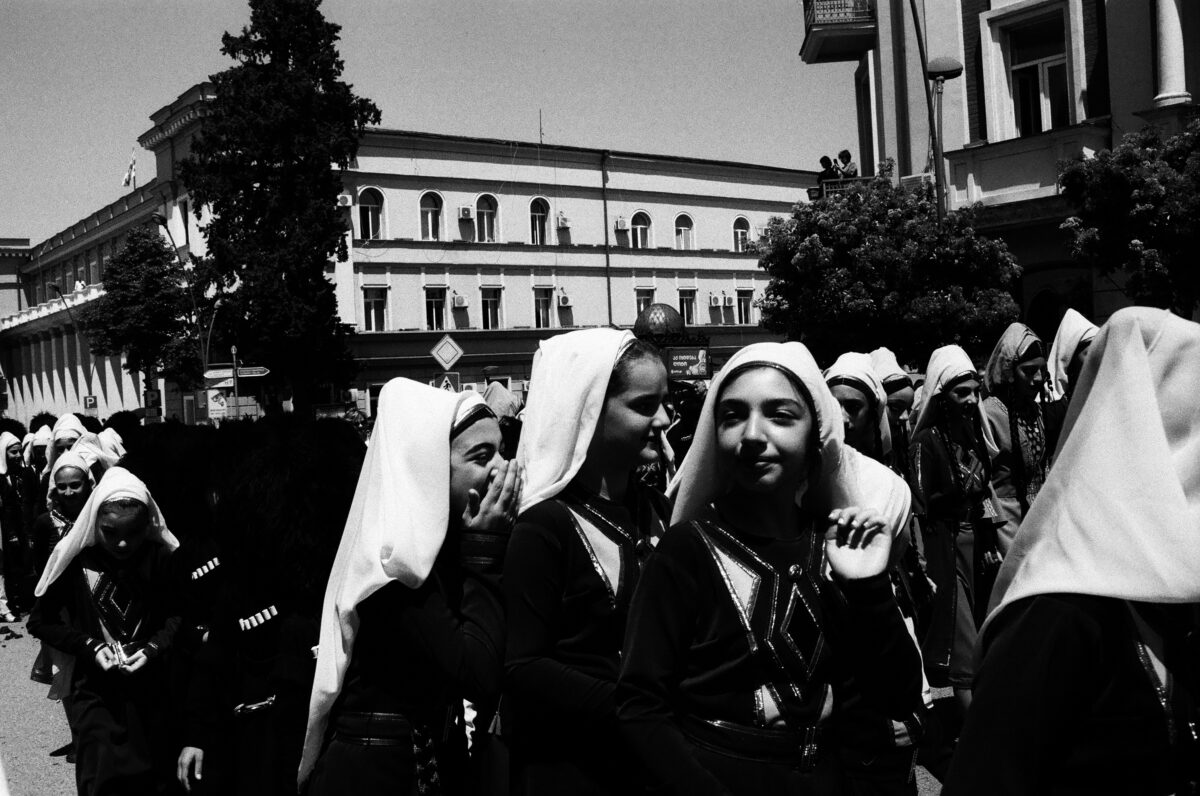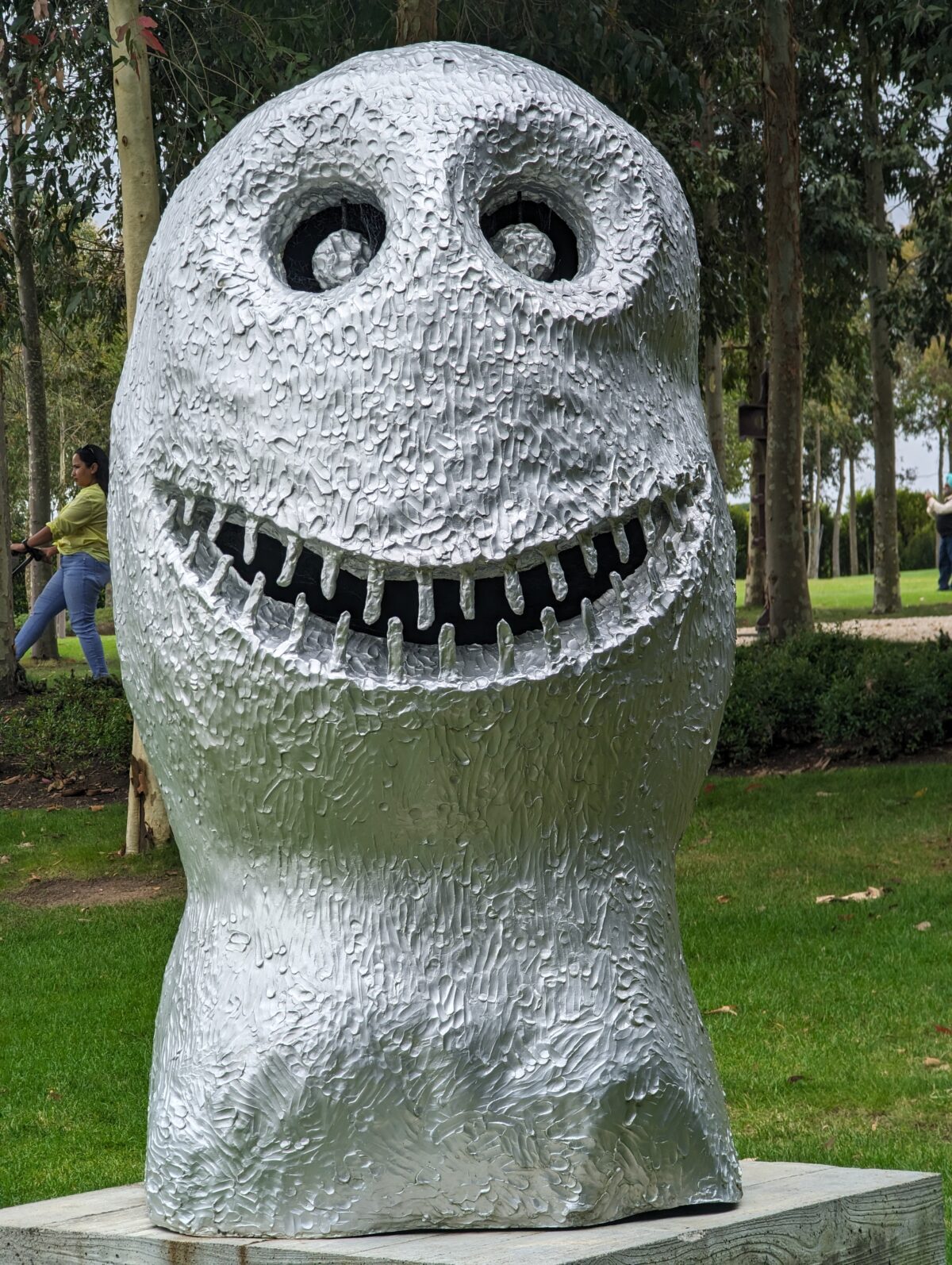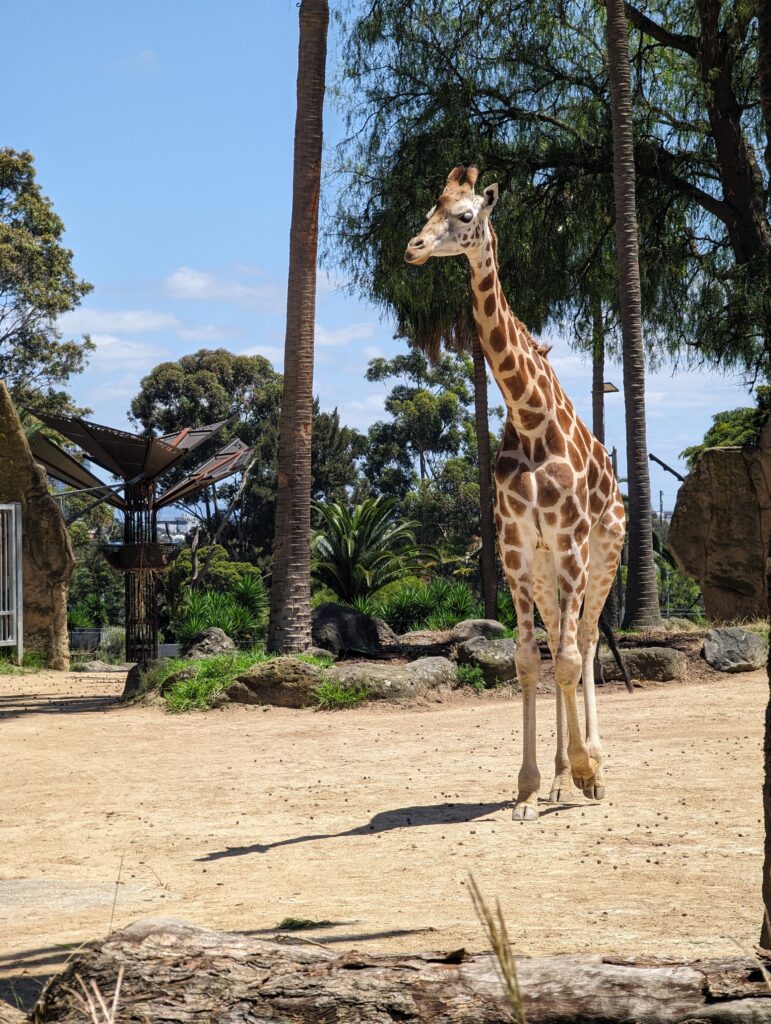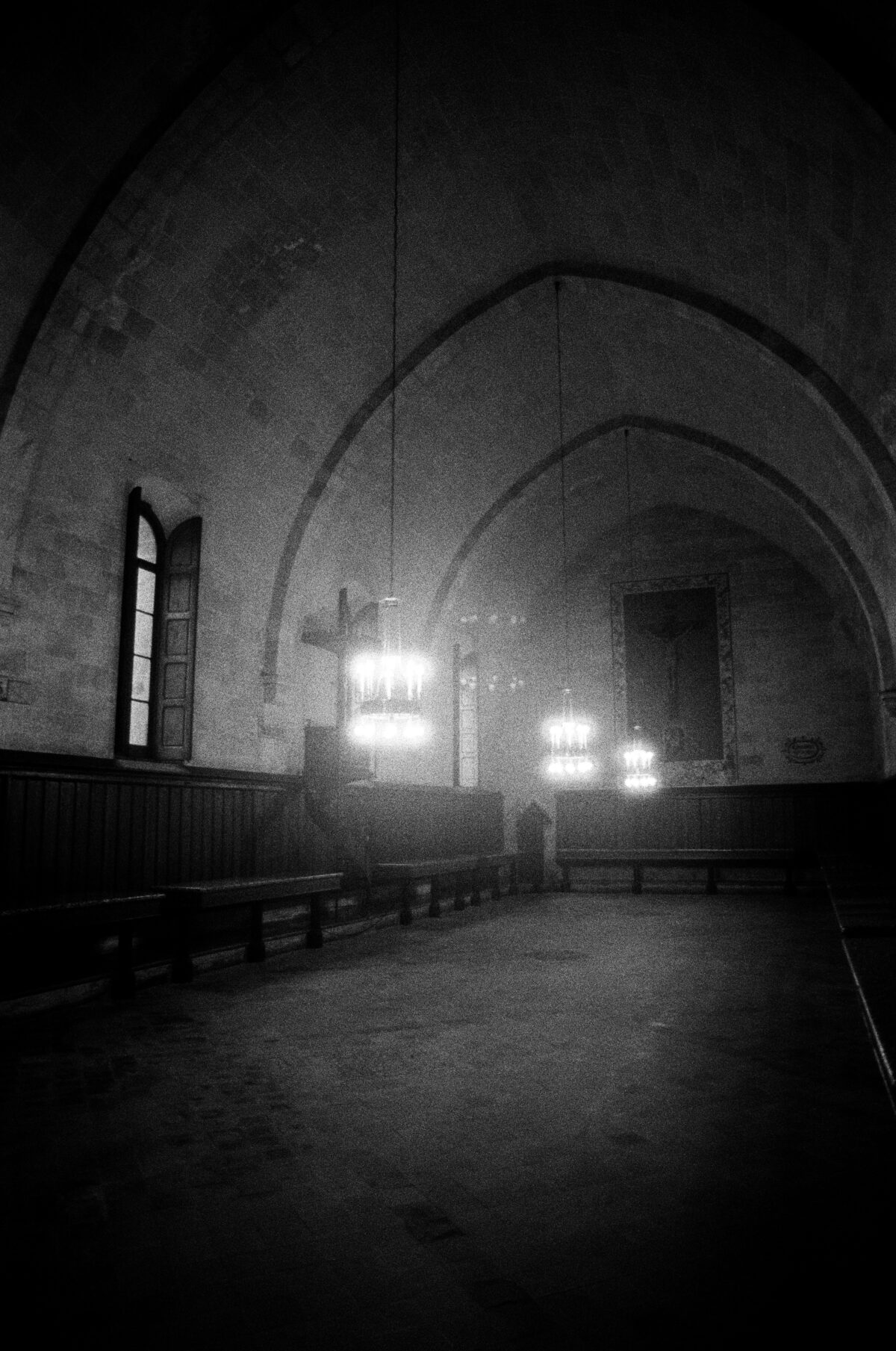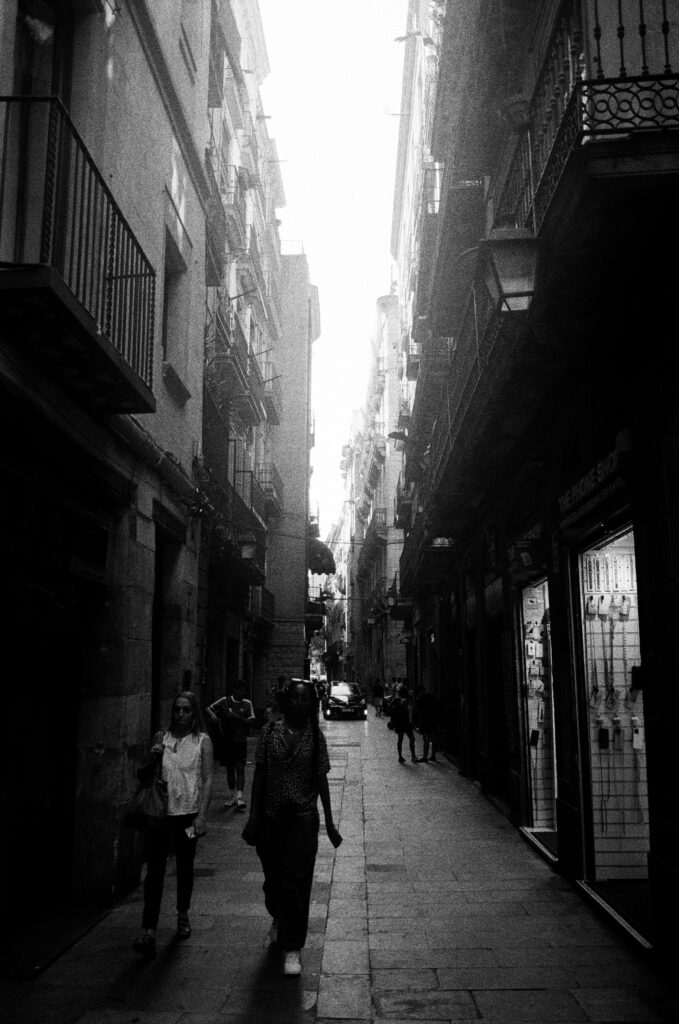It’s December 31, 2023. Goodbye 2023, you bastard! Hopefully your brethren will be better. Sachie flies out tomorrow and I go on the second.
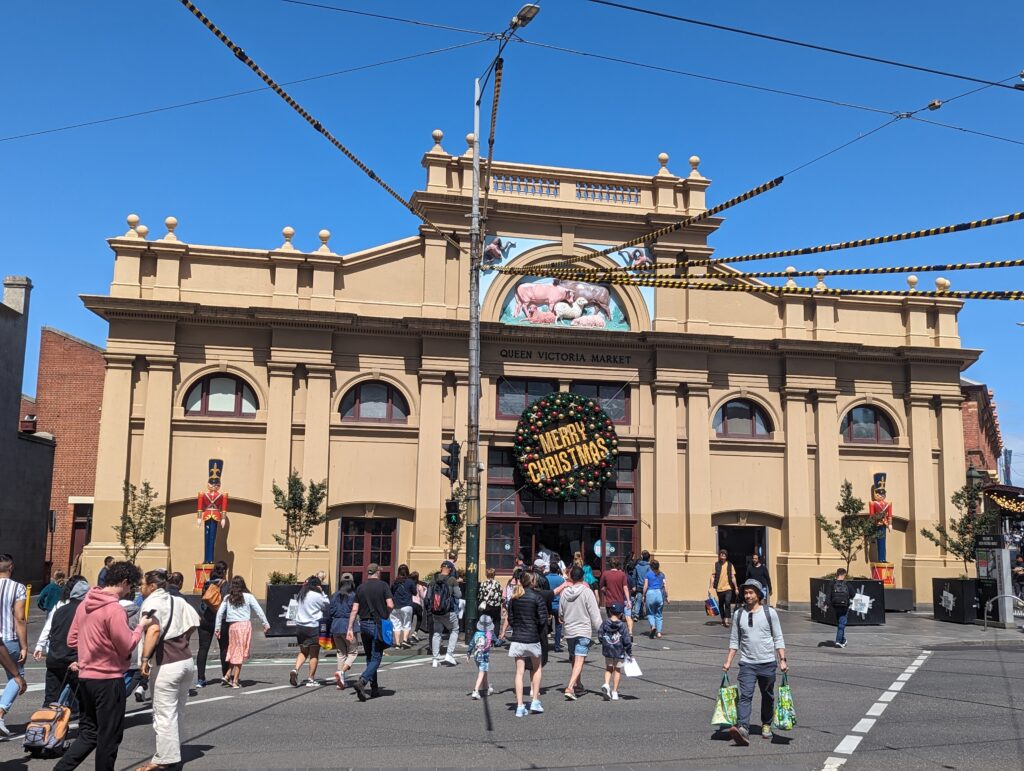
That’s Victoria Market. It’s a big tourist draw for its excellent produce but we came to buy tourist tat for the folks back in Siam The Kingdom Thailand. Sachie came along because she heard you can buy a dozen oysters cheap and eat them right in front of the stall-keeper all the while maintaining eye-contact with him. Likes her oysters, she does.
This post is part of a series:
Australia 2024: Melbs
Australia 2024: Point Lonsdale and Points Beyond
Australia in B&W
Australia 2024: Zoo & Art


